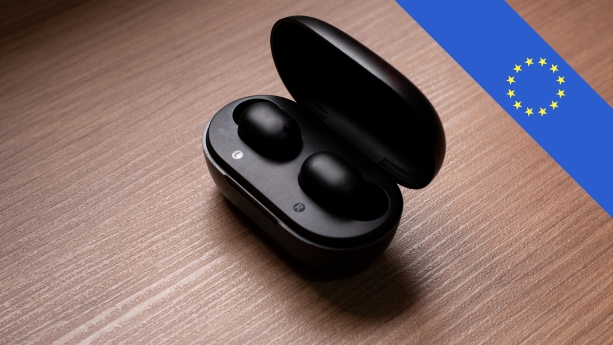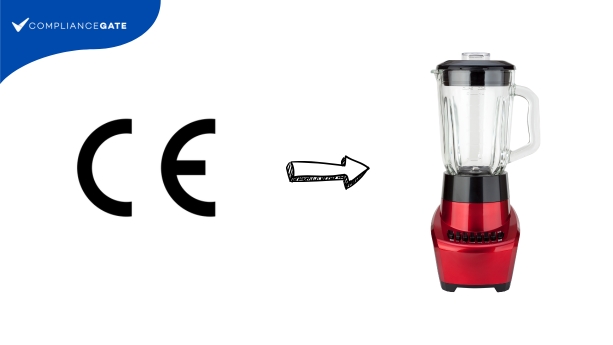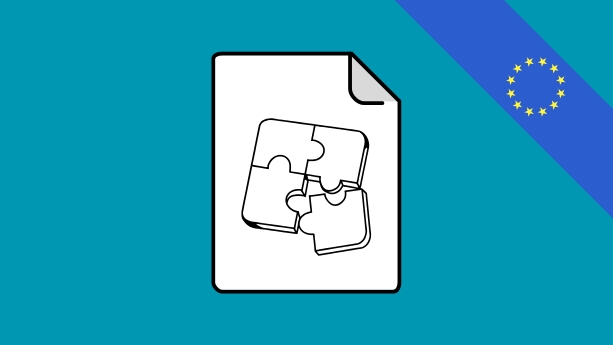
Shipments can be subject to inspections or detention by the Customs and Border Protection (CBP) or the Consumer Product Safety Commission (CPSC). Failing to manage these situations correctly can result in major delays or even destroyed shipments.
This guide explains why inbound shipments are rejected or detained, and the actions you can take to come to a resolution.
Note: In this guide, we mainly focus on actions taken by the CPSC or the CBP. However, other US government agencies could also be involved in shipment rejections or detentions.
Continue reading US Customs or CPSC Rejected Your Shipment? Emergency Action Plan for Importers































